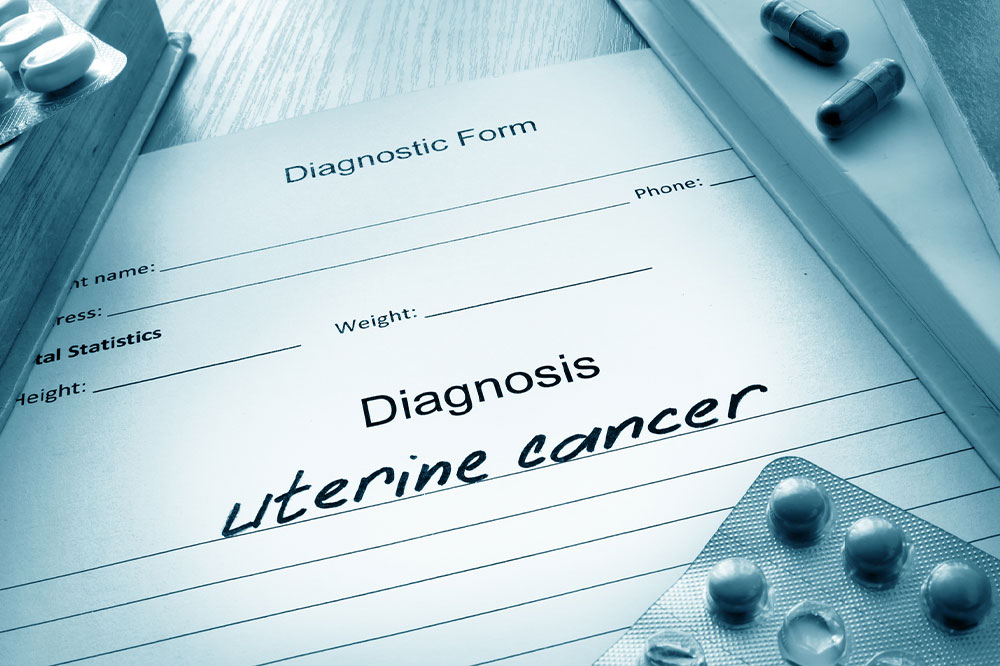4 Management Options for Uterine Fibroids
Uterine fibroids are among the most common gynecological disorders in women. These are noncancerous growths that can cause pain and severe internal damage. If left untreated, they can also lead to heavy bleeding during menstruation and infertility. A history of endometriosis, high levels of estrogen after menopause, and genetics are the common causes of uterine fibroids. This article discusses a few uterine fibroid treatments available today and how each method works.

Uterine fibroid treatments
There are several treatments for uterine fibroids, ranging from simple to invasive. Some options effectively reduce the fibroid’s size, while others aim to remove it altogether. The following are a few examples:
Laparoscopic surgery
It is one of the most used uterine fibroid treatment procedures. Before a laparoscopic surgery, doctors give the patient a small dose of anesthesia. Once the patient becomes insensitive to pain, the surgeon makes a small incision in the abdomen and inserts a thin tube called a laparoscope.
The surgeon now uses the laparoscope to see inside the abdomen and carry out the procedure. They locate the uterine fibroids and remove them by inserting specialized instruments through the small cannulas into the abdomen. The surgeon also removes any endometriosis lesions on ovaries or fallopian tubes, if necessary, for optimal results. Laparoscopic surgery causes minimal trauma to the surrounding tissues and takes around two hours to complete (including pre-op time).
Hormonal therapy
Hormonal therapy is one of the most effective non-surgical uterine fibroid treatments. It works by shrinking the tumor and reducing menstrual bleeding and pain. The therapy involves using oral treatments that maintain a balance of female hormones estrogen and progestin. The oral treatments may need to be used daily for at least five years, depending on the symptoms and other factors. However, it often causes side effects like vaginal dryness, headaches, mood swings, and bloating.
Another hormonal therapy option involves administering a synthetic form of progesterone into the blood. It can be used once every two months to reduce the size of the fibroid over time.
The third type of hormonal therapy involves inserting an intrauterine device (IUD) into the uterus. The IUD is a tiny device that releases small amounts of progesterone into the body and helps shrink the size of the fibroid.
Laser therapy
This uterine fibroid treatment procedure helps shrink a fibroid. It uses infrared light to heat the uterus’s tissue, which helps shrink the growth and reduce its size. Laser therapy is done under anesthesia. In most cases, a local anesthetic may be used. But some individuals may require a general one to stay comfortable throughout the treatment.
Laser therapy is typically an outpatient procedure. The individual is asked to lie on the back for some time. Then a technician uses a wand-like device, similar to a flashlight, to administer infrared light into the uterus through tiny incisions in the abdomen. The incisions are made along the pelvic wall and hidden under clothing after surgery, ensuring they are not visible.
Infrared light penetrates deep into the affected tissue without damaging the surrounding structures like muscle or nerves. This makes it possible for doctors to safely treat even patients with severe uterine fibroids pain without adverse side effects.
Endometrial ablation
It is another effective uterine fibroids treatment procedure. Endometrial ablation can be performed using a laser, heat or electric current, or mechanical means to destroy the inner lining of the uterus (the endometrium), which can cause bleeding and pain. Sometimes, doctors may also use liquid nitrogen to freeze the tumor and then remove it.
Endometrial ablation is usually done in a hospital or outpatient surgery center under general anesthesia. First, the doctor makes a small hole in the abdomen and inserts a slender tube called a catheter. Then, an instrument called an endometrial ablation unit is inserted into the catheter that delivers heat or electricity to destroy the endometrium. Patients may need to use oral treatments after the procedure to lower the risk of infection and manage pain that can arise as a side effect.
Endometrial ablation does not offer permanent relief from uterine fibroids pain or endometriosis but may provide temporary relief. The procedure can be repeated if the growths reappear in the future. Patients may have heavy periods due to the operation, so it is advisable to consult a doctor to reduce blood loss during menstruation.
Many women suffer from uterine fibroid tumors in our country. But thankfully, they are rarely cancerous and can be treated effectively with the help of the above procedures. But one should visit a doctor immediately when experiencing symptoms for the best results. If diagnosed positive, doctors may suggest a uterine fibroids removal surgery or another treatment after analyzing the growth size and severity. Other factors, such as the patient’s overall health and age, may also be considered when developing a treatment plan.




